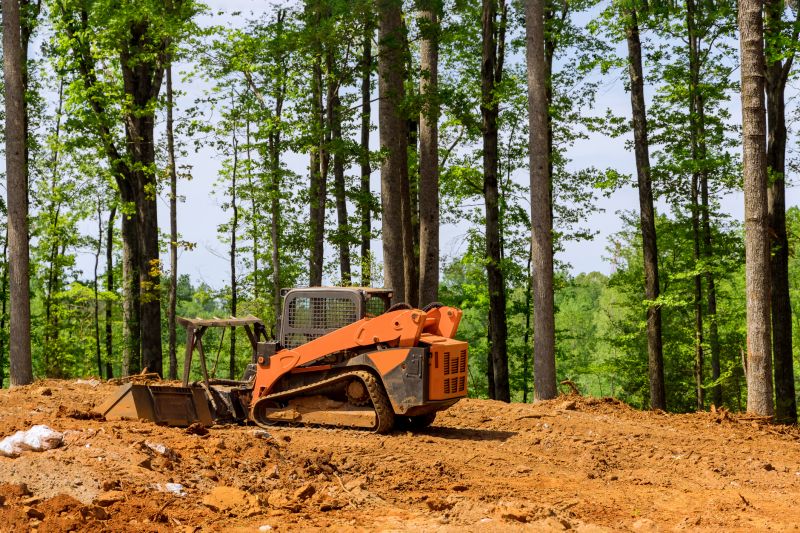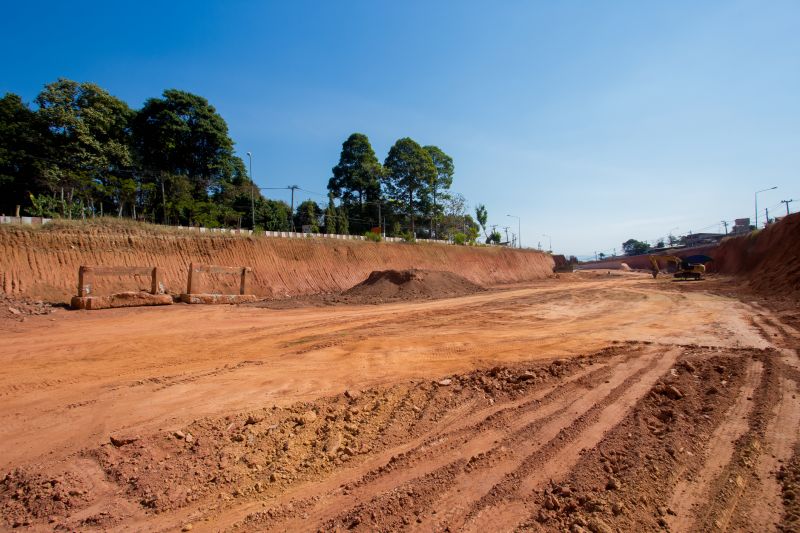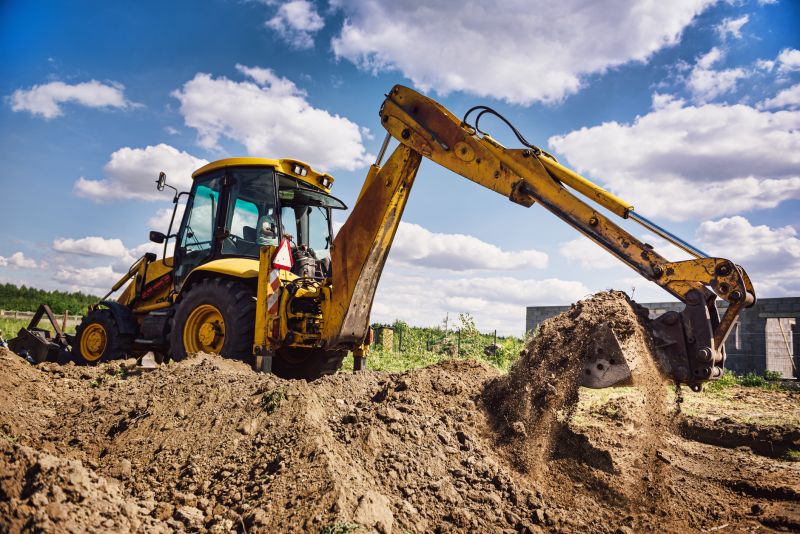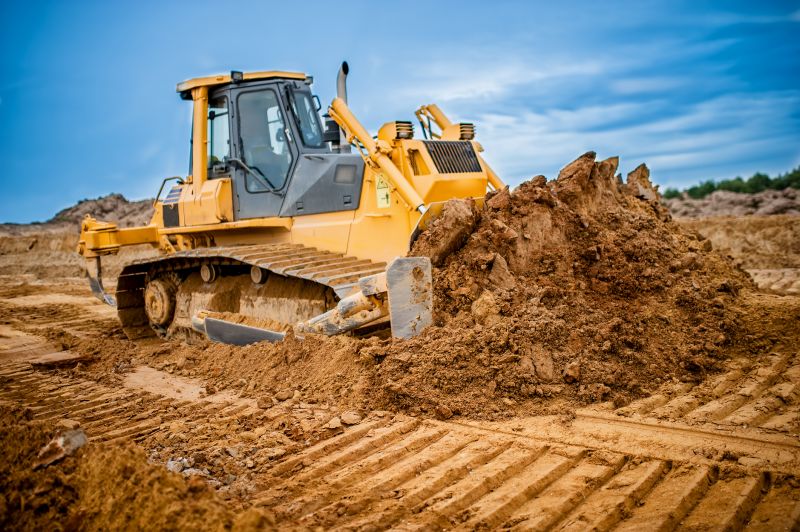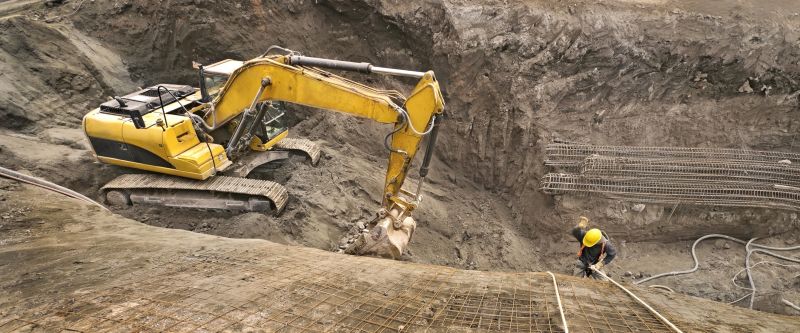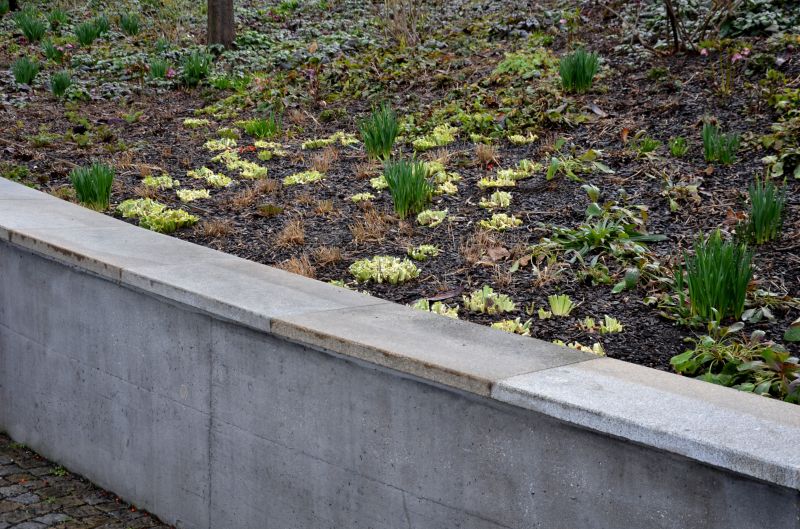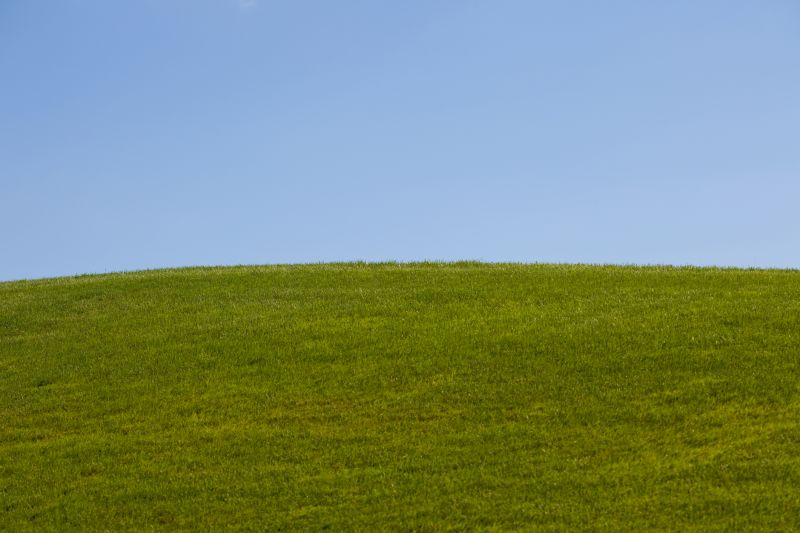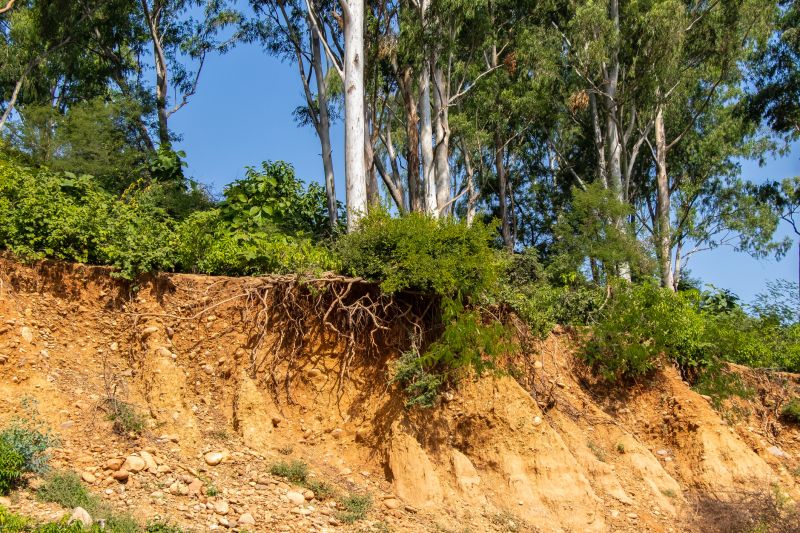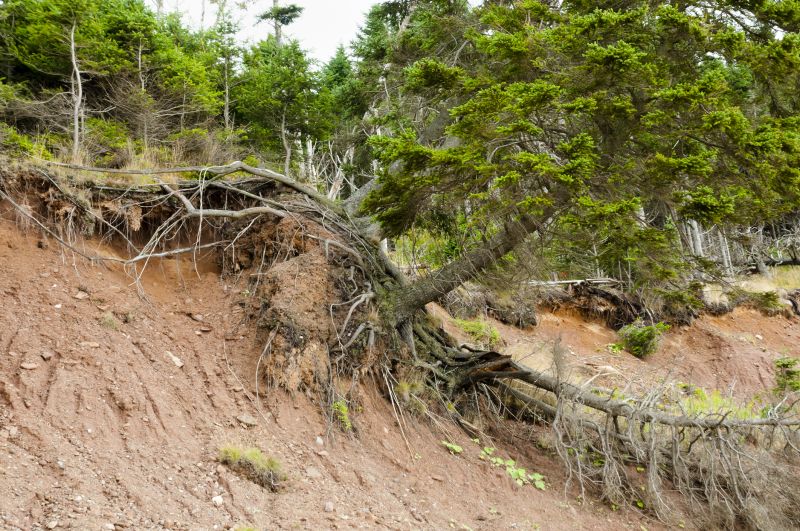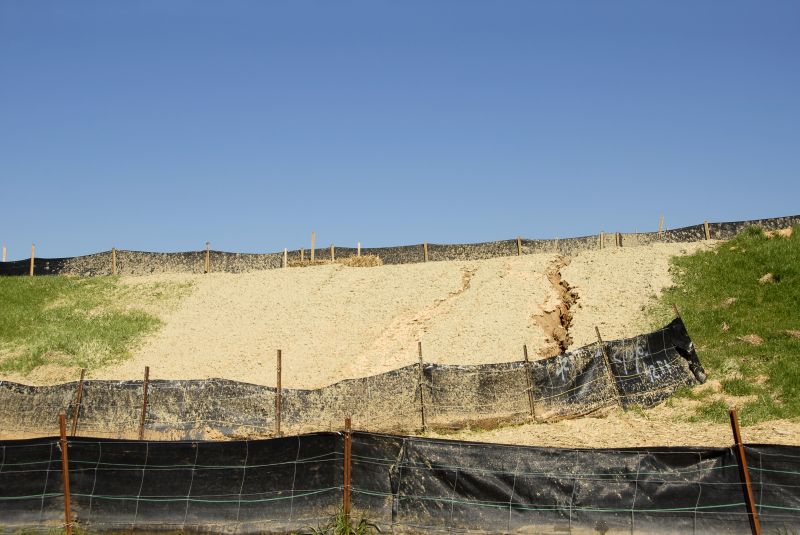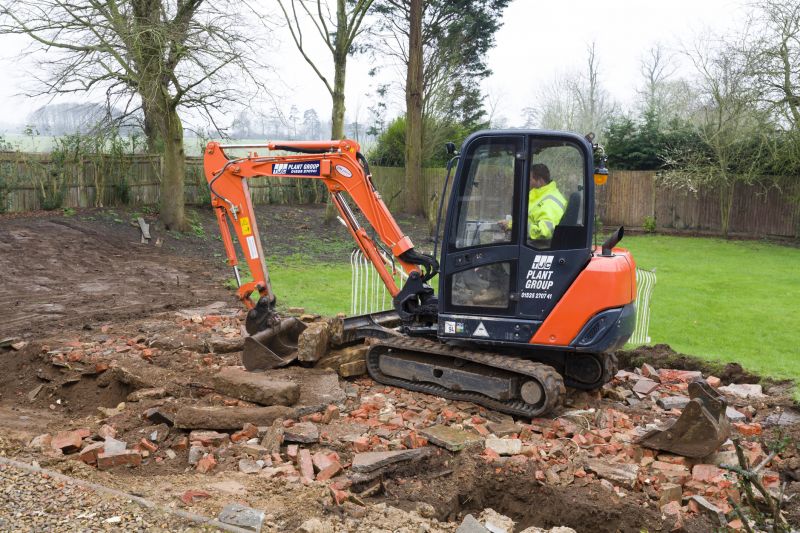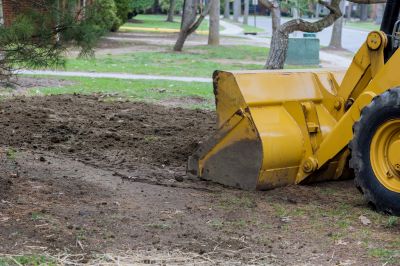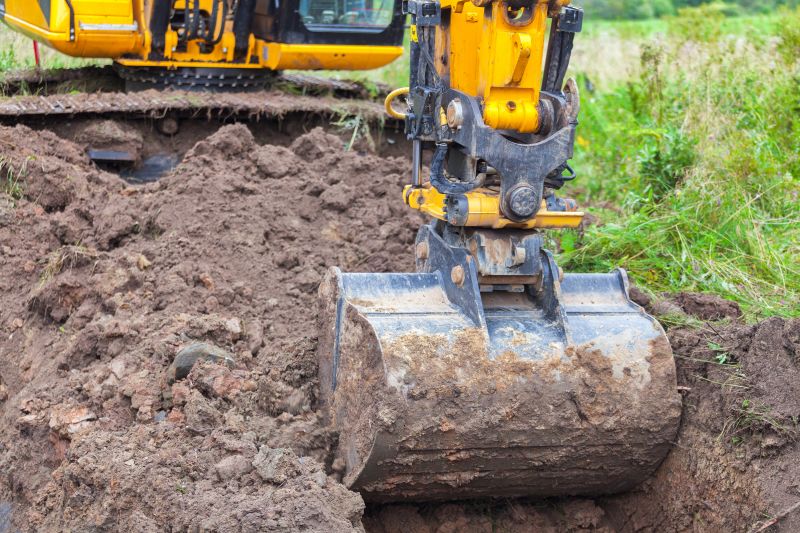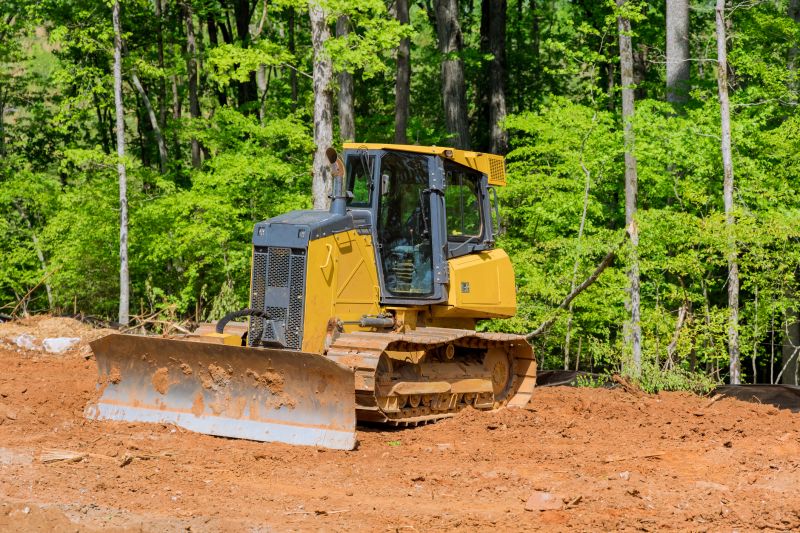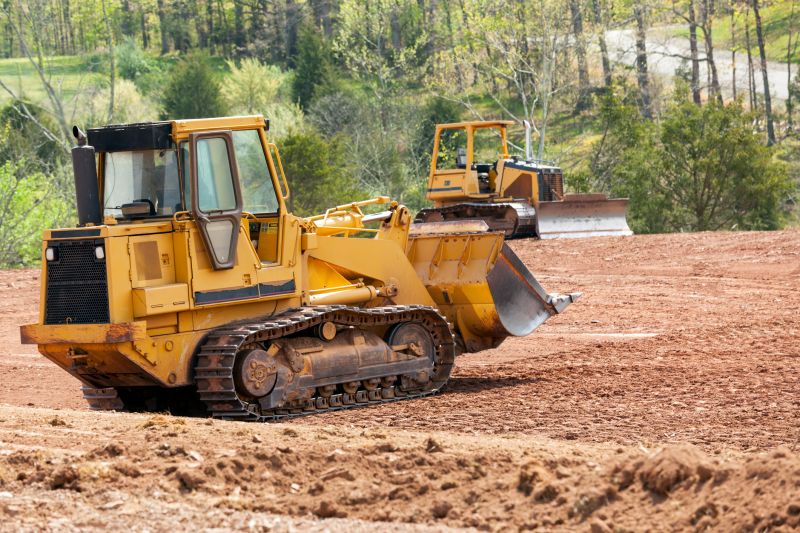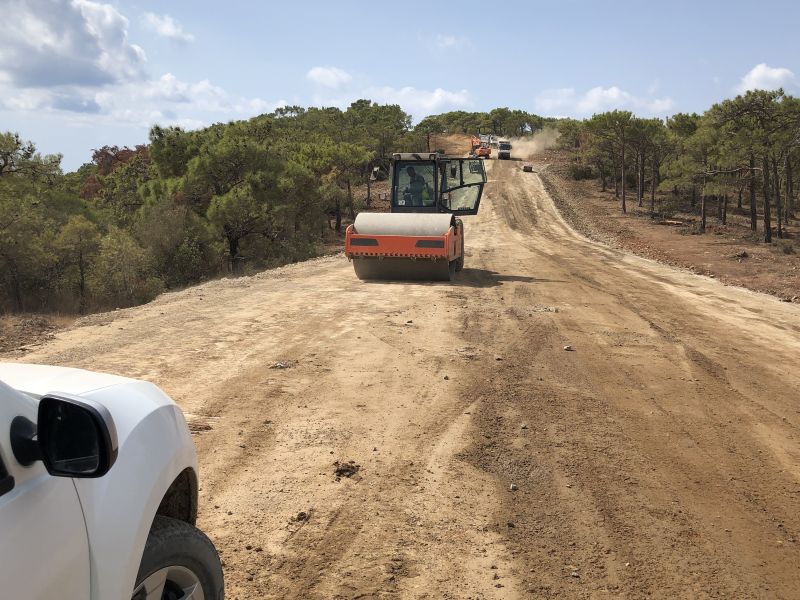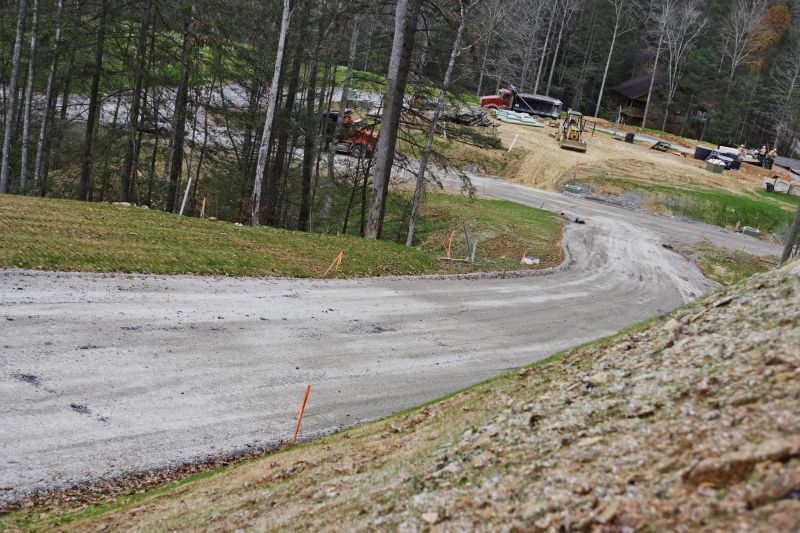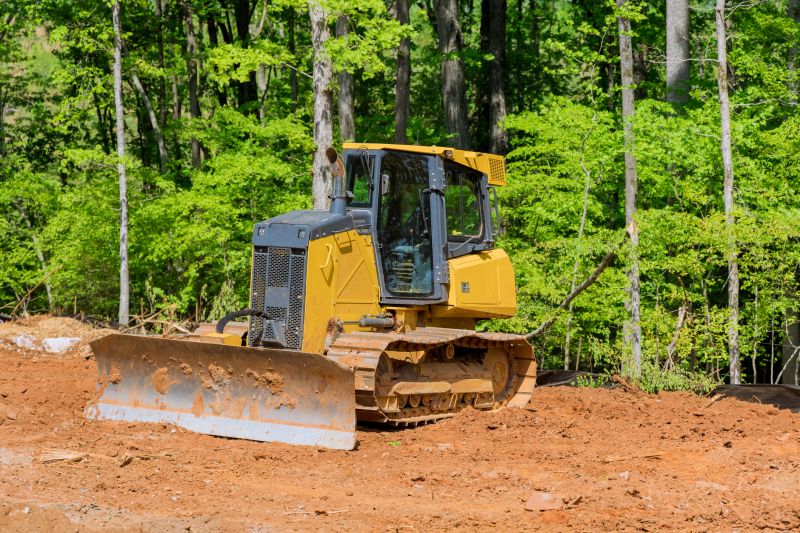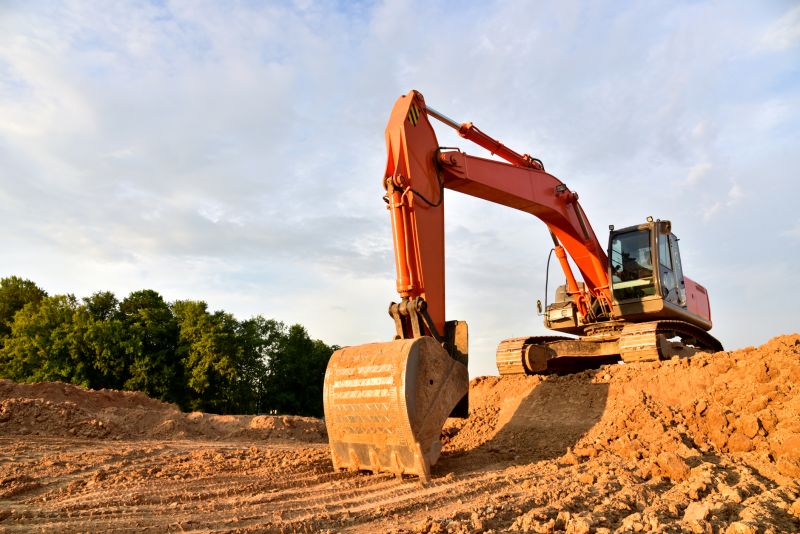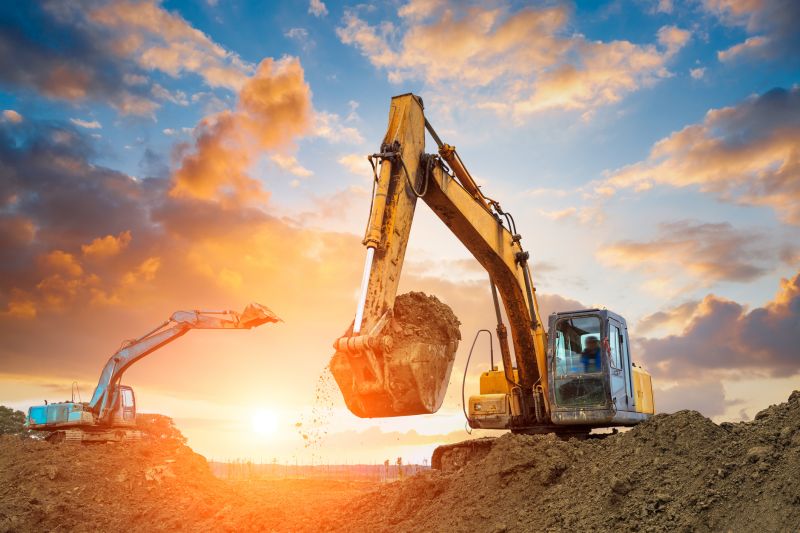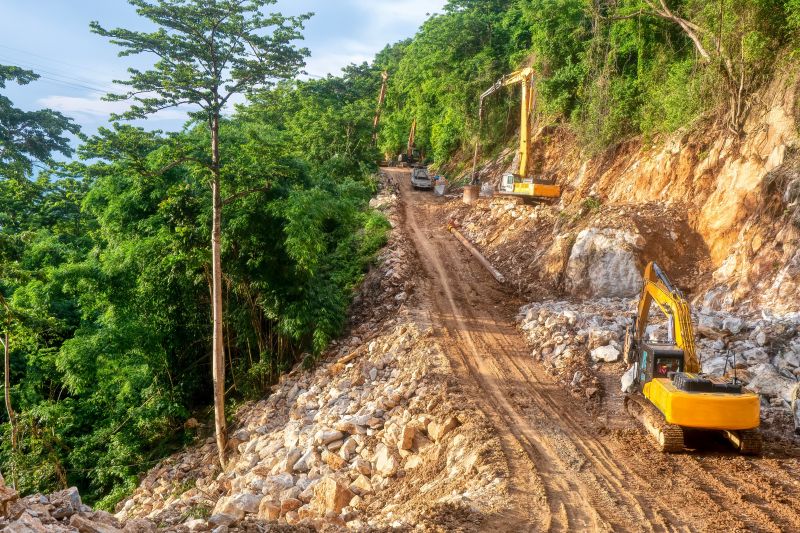
Hillside Soil Stabilization | How To
Get help with your hillside soil stabilization needs. Fill out the form above and we will connect you with local pros in your area. Hillside soil stabilization is a technique employed to reinforce and strengthen the soil on slopes or hilly terrains. It involves the use of various methods and materials to prevent erosion, landslides, and other potential hazards. By implementing appropriate engineering techniques, such as terracing, retaining walls, and geotextiles, hillside soil stabilization ensures the stability and durability of the soil structure. This process helps to minimize soil erosion, control water runoff, and maintain the integrity of the hillside ecosystem. Implementing effective hillside soil stabilization techniques is crucial for maintaining the long-term stability and sustainability of hilly landscapes.
How to Do Hillside Soil Stabilization
Step 1: Assess the Hillside
Before starting the soil stabilization process, it's important to assess the hillside to determine its condition and stability. Look for signs of erosion, slope instability, or any other potential issues that may affect the effectiveness of the stabilization measures.
Step 2: Clear Vegetation
Clear any vegetation, such as grass, weeds, or shrubs, from the hillside. This will help expose the soil and make it easier to work with during the stabilization process.
Step 3: Grade the Hillside
Use a shovel or grading equipment to carefully grade the hillside. This involves reshaping the slope to create a more stable surface. Remove any excess soil or debris and ensure that the slope is even and consistent.
Step 4: Install Retaining Structures
Depending on the severity of the slope and the desired level of stabilization, you may need to install retaining structures, such as retaining walls or terracing. These structures help prevent soil erosion and provide additional support to the hillside.
Step 5: Apply Soil Stabilizers
Apply soil stabilizers, such as geotextiles or soil binders, to the hillside. These materials help improve the soil's stability, prevent erosion, and promote healthy plant growth. Follow the manufacturer's instructions for proper application and dosage.
Step 6: Seed and Mulch
After applying the soil stabilizers, seed the hillside with appropriate grass or ground cover. This will help establish vegetation that further stabilizes the soil and prevents erosion. Apply a layer of mulch to protect the newly seeded area from drying out and to promote healthy growth.
Step 7: Maintain and Monitor
Regularly maintain and monitor the stabilized hillside to ensure its long-term stability. This may involve watering, fertilizing, and controlling weed growth. Keep an eye out for any signs of erosion or slope instability and take necessary measures to address them promptly.
Step 8: Seek Professional Help
If you have a large or complex hillside stabilization project, it's advisable to seek professional help. Consulting with a soil engineer or a landscaping expert can provide valuable guidance and ensure the best results for your specific situation.

